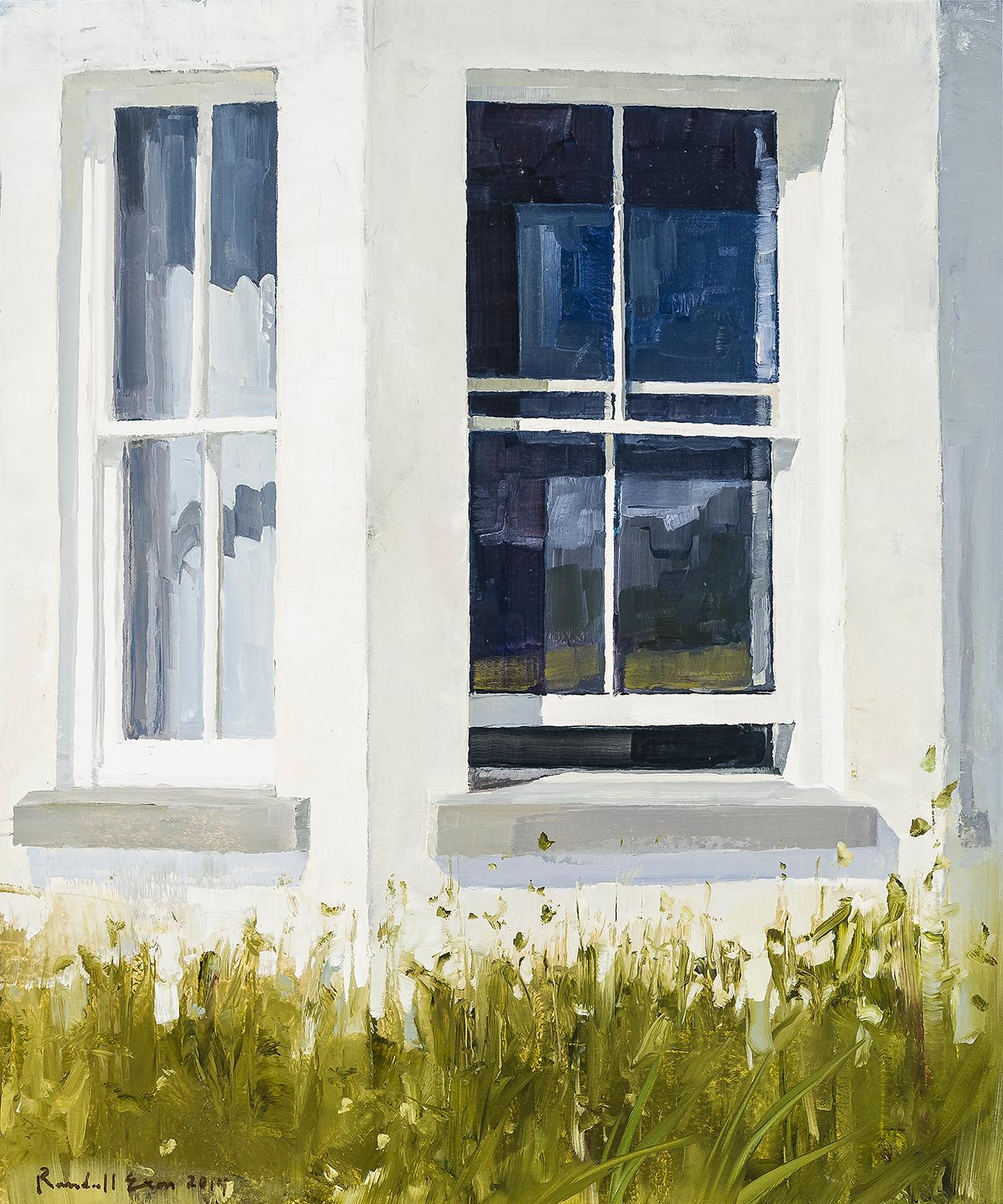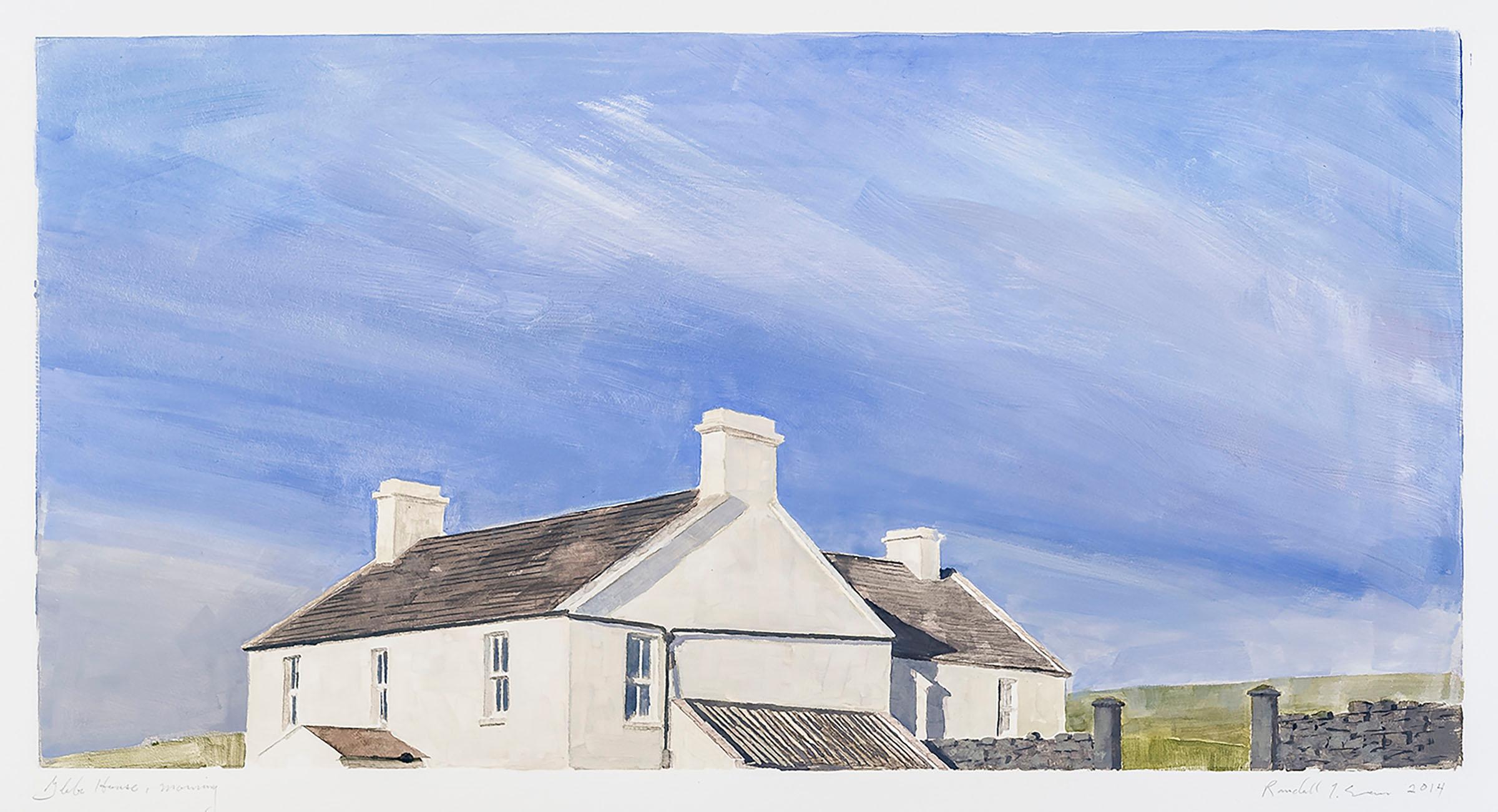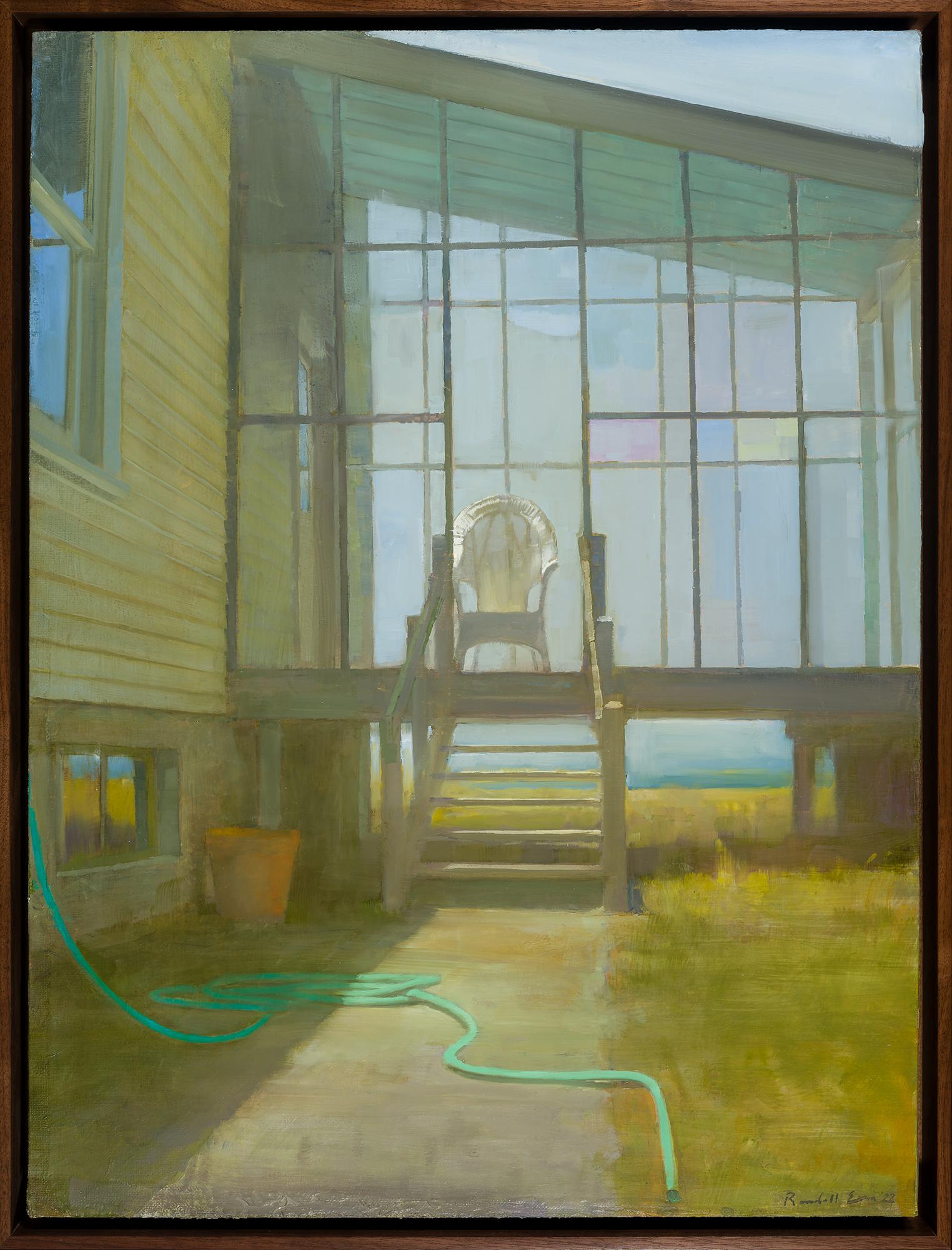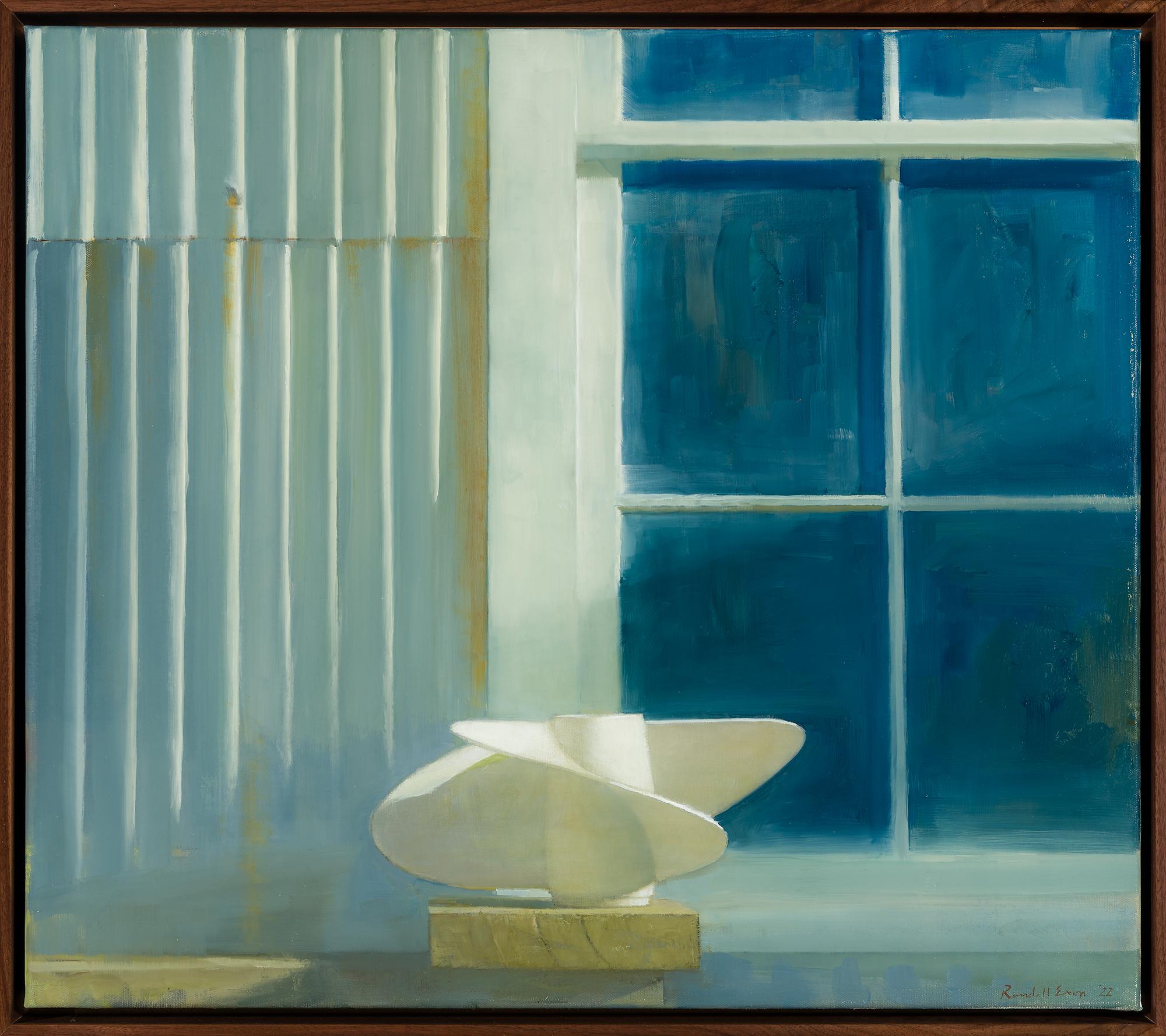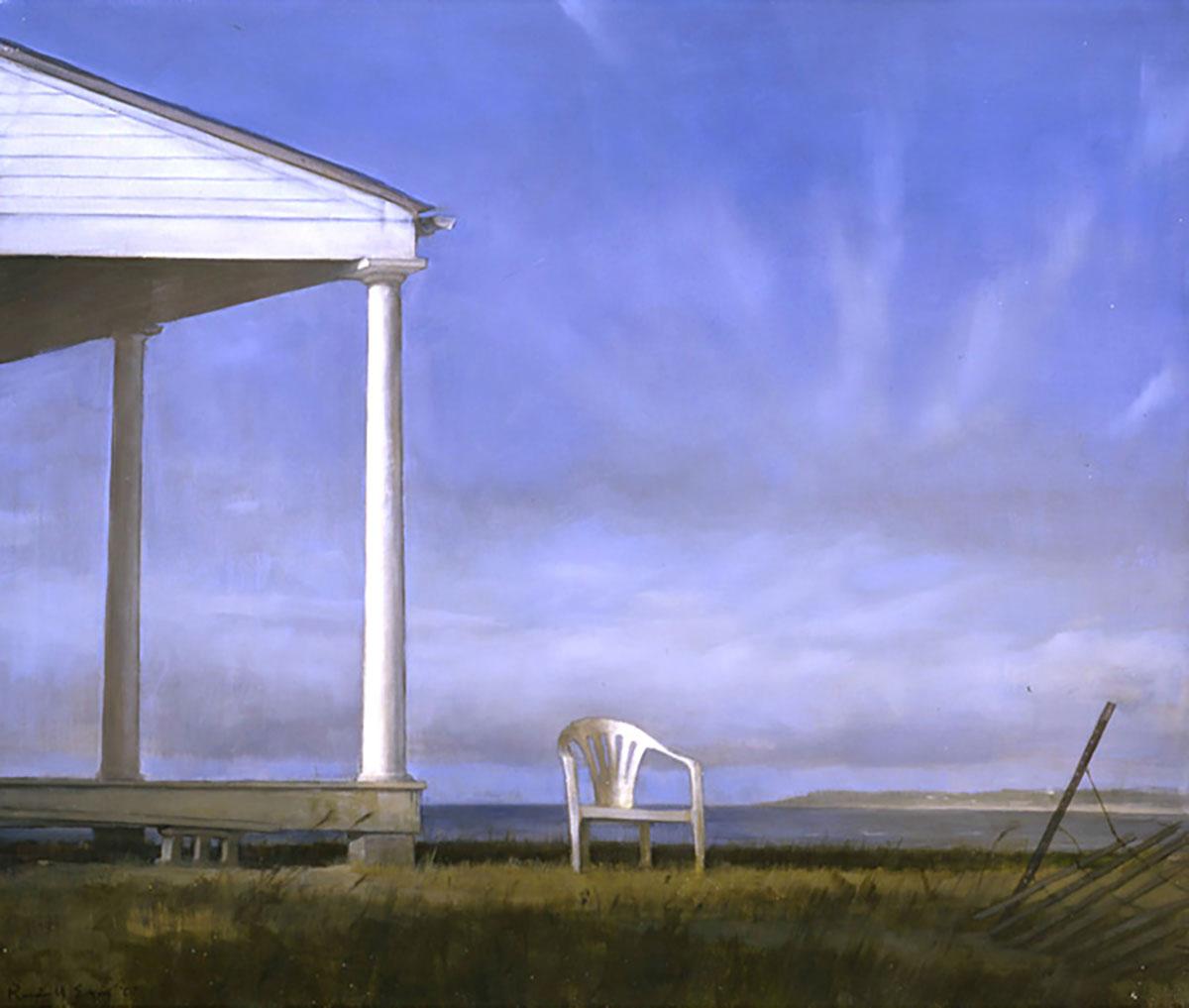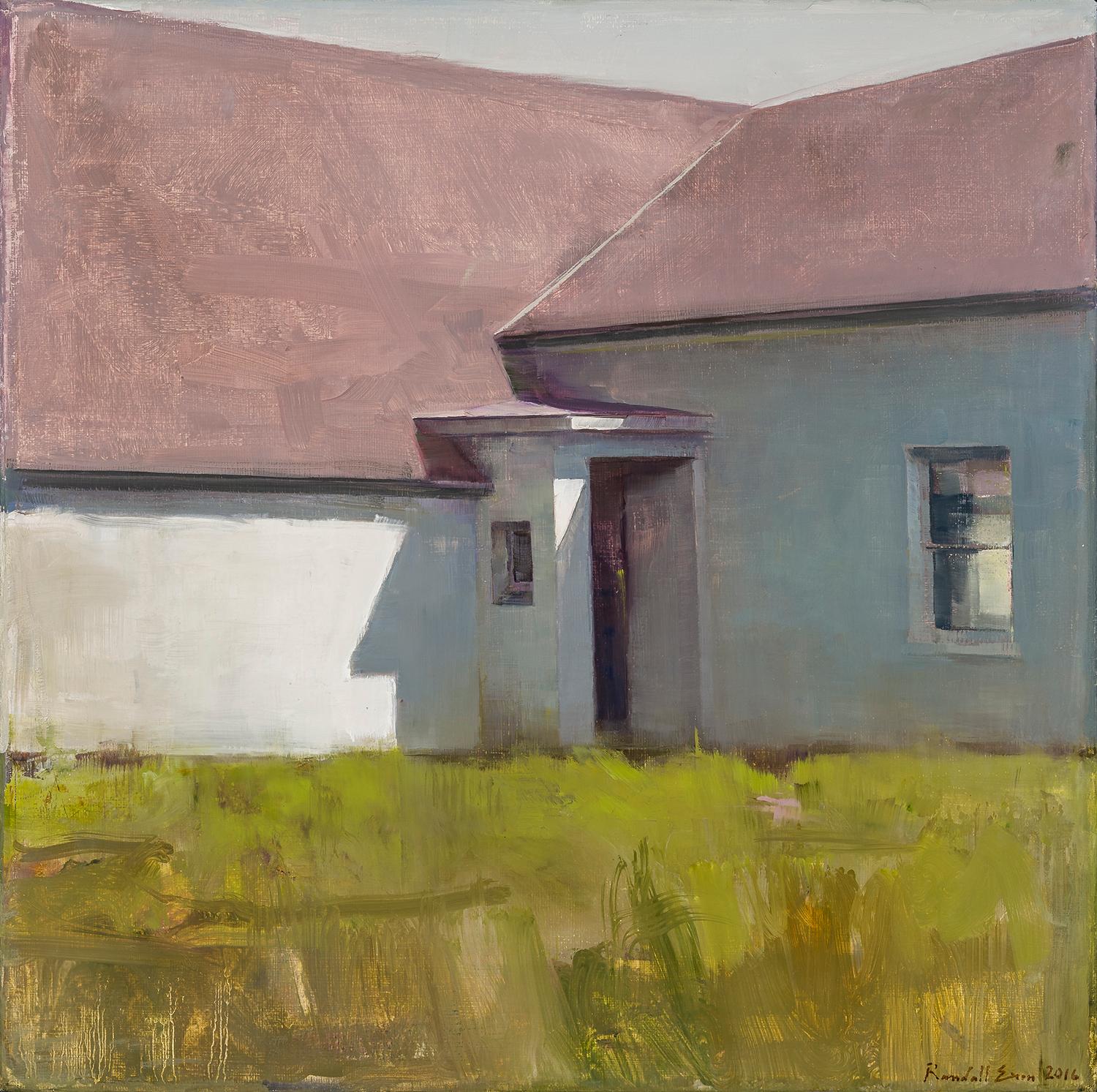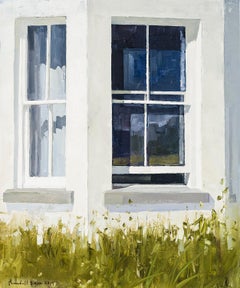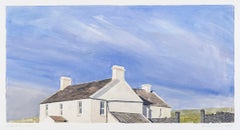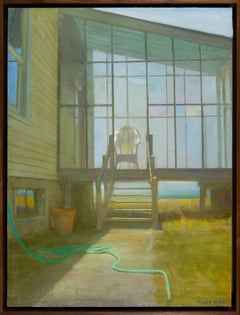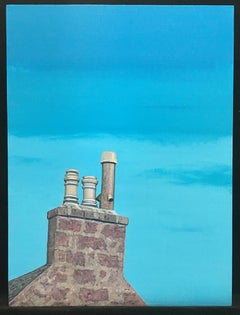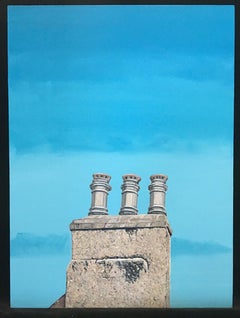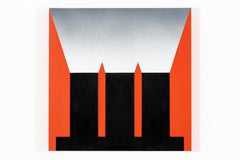Want more images or videos?
Request additional images or videos from the seller
1 of 8
Randall ExonSouth Chimney2014
2014
$7,500
£5,813.07
€6,581.78
CA$10,735.63
A$11,706.20
CHF 6,084.28
MX$140,138.82
NOK 77,173.20
SEK 72,287.15
DKK 49,157.37
About the Item
Randall Exon (b. 1956) was born in Vermillion, South Dakota. Exon earned his B.F.A. in painting from Washburn University in Topeka, Kansas, and an M.F.A. at the University of Iowa. In 2003, the James A. Michener Art Museum in Doylestown, Pennsylvania, staged a solo exhibition of his work. He was awarded the Thomas Benedict Clarke Prize in the 2004 179th Annual Invitation Exhibition of Contemporary American Art at the National Academy Museum and School of Fine Arts, New York. More recently, Exon’s work was featured in Visions of the Susquehanna, a traveling exhibition organized by the Lancaster Museum of Art, Pennsylvania, in 2008, and Haunting Narratives, a major exhibition at the Woodmere Art Museum, Philadelphia, in 2012.
- Creator:Randall Exon (American)
- Creation Year:2014
- Dimensions:Height: 20 in (50.8 cm)Width: 12.75 in (32.39 cm)
- Medium:
- Movement & Style:
- Period:
- Condition:
- Gallery Location:New York, NY
- Reference Number:Seller: M 10032D.1021stDibs: LU236461452
About the Seller
5.0
Recognized Seller
These prestigious sellers are industry leaders and represent the highest echelon for item quality and design.
Established in 1952
1stDibs seller since 2010
35 sales on 1stDibs
Typical response time: 16 hours
Associations
Art Dealers Association of America
- ShippingRetrieving quote...Shipping from: New York, NY
- Return Policy
More From This Seller
View AllUntitled
By Randall Exon
Located in New York, NY
Randall Exon (b. 1956) was born in Vermillion, South Dakota. Exon earned his B.F.A. in painting from Washburn University in Topeka, Kansas, and an M.F.A. at the University of Iowa. I...
Category
2010s Contemporary Paintings
Materials
Oil, Board
$10,000
Glebe House, Morning
By Randall Exon
Located in New York, NY
Unframed
Category
2010s Contemporary Landscape Prints
Materials
Gouache, Monotype
September
By Randall Exon
Located in New York, NY
Oil on panel
Category
2010s Contemporary Landscape Paintings
Materials
Oil, Panel
$18,000
Prop
By Randall Exon
Located in New York, NY
Oil on canvas
Category
2010s Contemporary Landscape Paintings
Materials
Oil, Canvas
$20,000
Lookout
By Randall Exon
Located in New York, NY
Signed and dated (at lower left): Randall Exon 07
Category
21st Century and Contemporary Contemporary Landscape Paintings
Materials
Canvas, Oil
$18,000
Vestibule
By Randall Exon
Located in New York, NY
Signed and dated (at lower right): Randall Exon 2016
Category
2010s Contemporary Paintings
Materials
Oil
$12,000
You May Also Like
Roanheads Chimneys #1, 2018
By Agnes Murray
Located in Brooklyn, NY
This original oil on birch-wood panel is a signature painting of Roanheads, Scotland by Agnes Murray. Ms. Murray is notable for capturing the crystalline quality of northern light. ...
Category
2010s Photorealist Landscape Paintings
Materials
Oil, Panel
Roanheads Chimneys #3, 2018
By Agnes Murray
Located in Brooklyn, NY
This original oil on birch-wood panel is a signature painting of Roanheads, Scotland by Agnes Murray. Ms. Murray is notable for capturing the crystalline quality of northern light. ...
Category
2010s Photorealist Landscape Paintings
Materials
Oil, Panel
Breathe Slowly/13
Located in Zofingen, AG
In Breathe Slowly/13, Helen Mount captures a moment of tranquility in a remote landscape where the sky and earth merge into a quiet harmony. The soft, warm tones of the earth contras...
Category
2010s Contemporary Landscape Paintings
Materials
Acrylic
$414 Sale Price
30% Off
Cheminées / Chimneys
Located in Montreal, Quebec
Building on a series of exhibitions titled Panorama of the Anthropocene which examined the ecological impact of human activity through an array of paintings, digital prints and video...
Category
2010s Contemporary Figurative Paintings
Materials
Canvas, Acrylic
French Contemporary Art by Franck Bailleul - Chapelle Sixtine
Located in Paris, IDF
Artwork located in Los Angeles, USA.
Franck Bailleul is a French painter born in 1964 who lives & works in Abbeville, Normandy, France.
He has exhibi...
Category
2010s Academic Landscape Paintings
Materials
Oil, Canvas
Steal the Sky 10
Located in Toronto, ON
43.5" x 48" Unframed
Original - Oil on Steel
Hand Signed by David Grieve
Category
21st Century and Contemporary Landscape Paintings
Materials
Canvas, Oil
More Ways To Browse
Clinton Adams
David Kelly
Dondi Vintage
Etching Medieval
Fin Dac
Gondola Boat
Hockney Celia
International Women Day
Ireland Lithographs
Jacques Nathan Garamond
Jasper Johns Savarin
Jenny Holzer Truisms
Kaws Companion Passing Through
Keith Haring Deck
L Art De L Egypte Antique
Leonard Baskin Lithograph
Leonard Baskin Signed Prints
Louisiana Poster
